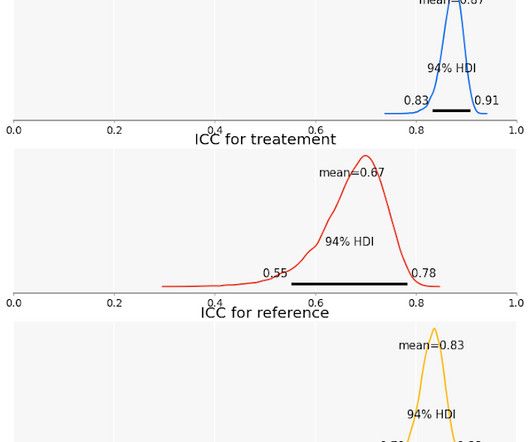Burnout: An IT epidemic in the making
CIO Business Intelligence
NOVEMBER 3, 2023
The stages of burnout Developing over time, burnout builds in distinct stages that lead employees down a path of low motivation, cynicism, and eventually depersonalization, according to Yerbo’s The State of Burnout in Tech report, which points to 2005 research by Salanova and Schaufeli on the subject.















Let's personalize your content